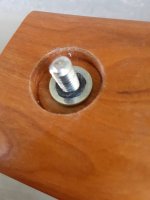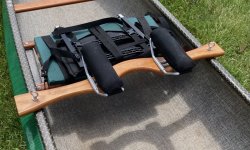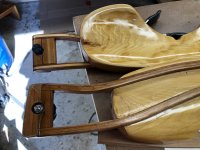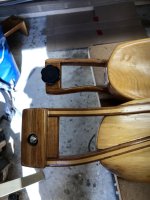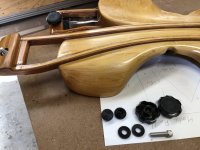Getting my yoke completed for the Swift. The inset in the gunnel is not flush with the top of the gunnel. I put a threaded inset in the yoke to retain the eyebolt. It is epoxied in place. I have some better eyebolts with shoulders ordered, and my original idea was to put the yoke inset on the gunnel, which would put the insets in contact (metal to metal). I could, however, flip the pads to the opposite side so the wood sits on the gunnel inset and the yoke inset contacts the head of the eyebolt (washer between). I could recess the wood where the the gunnel inset contacts, so the entire yoke contacts the carbon fiber. But maybe there’s a reason Swift protrudes the inset. Whattaya think? Allow metal to metal or flip the yoke and let wood contact the carbon fiber?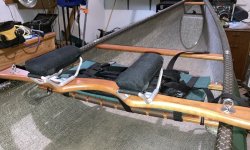
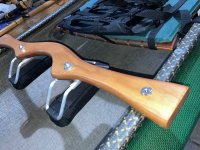
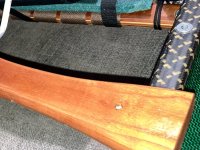



Last edited:

